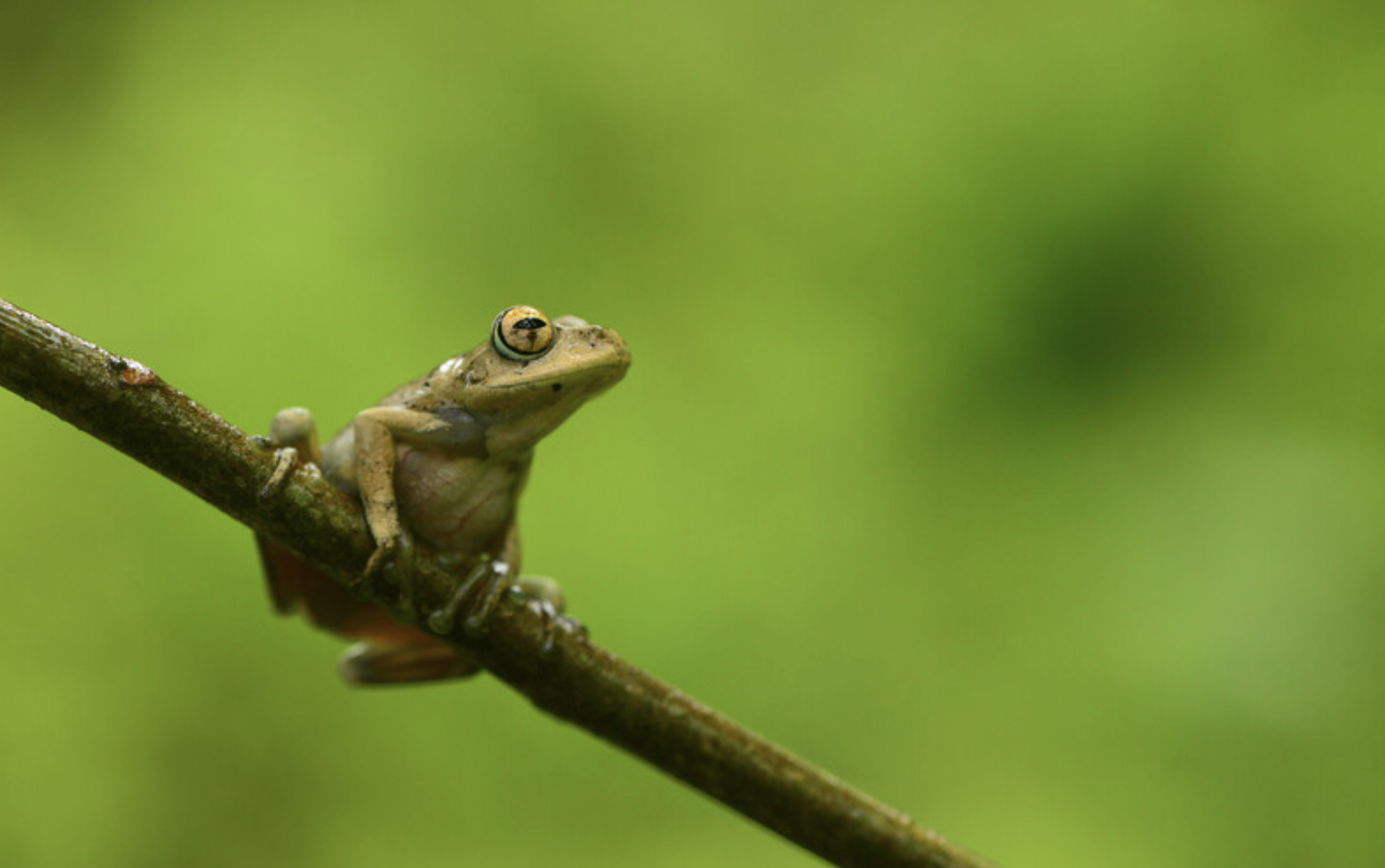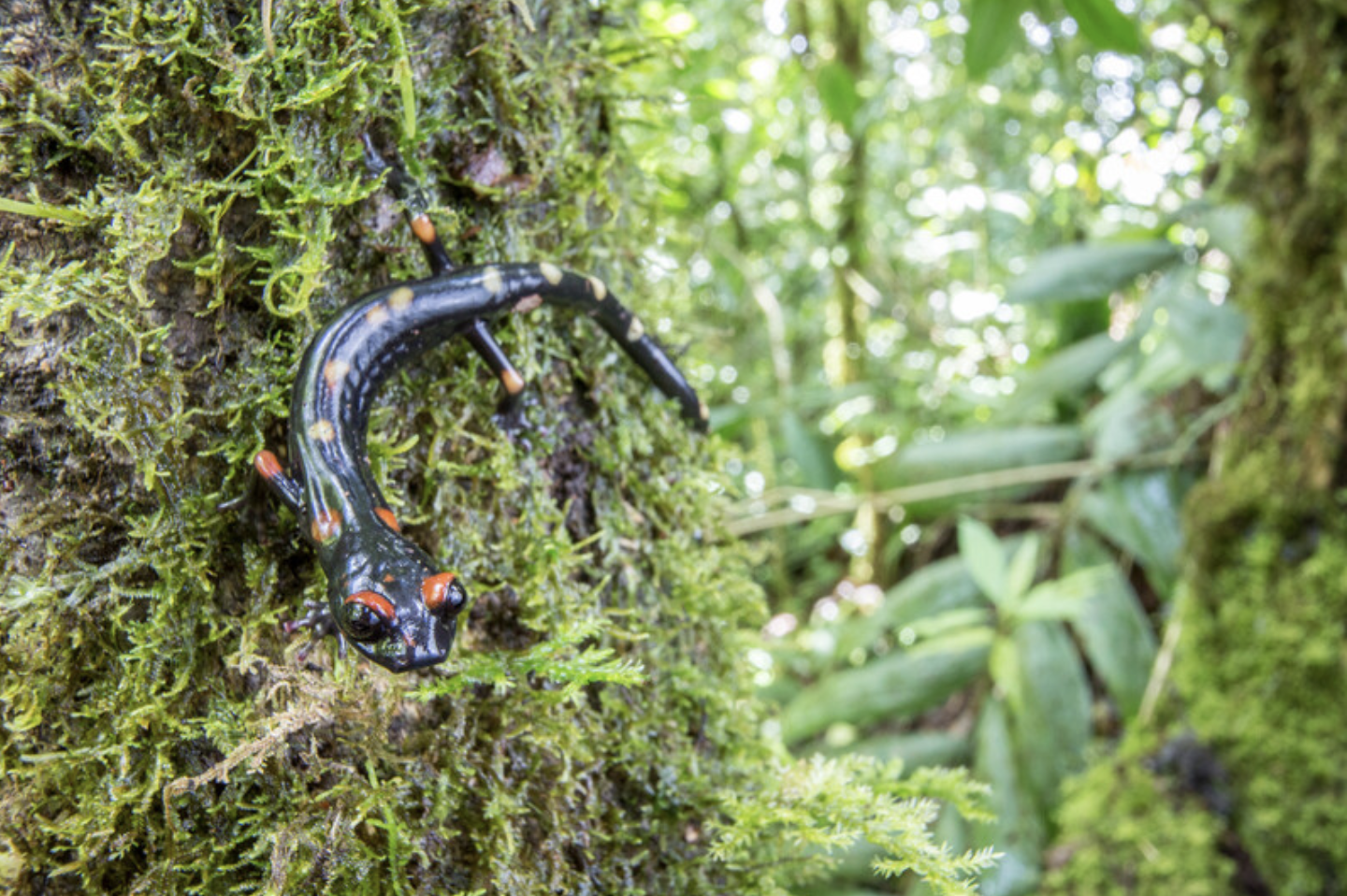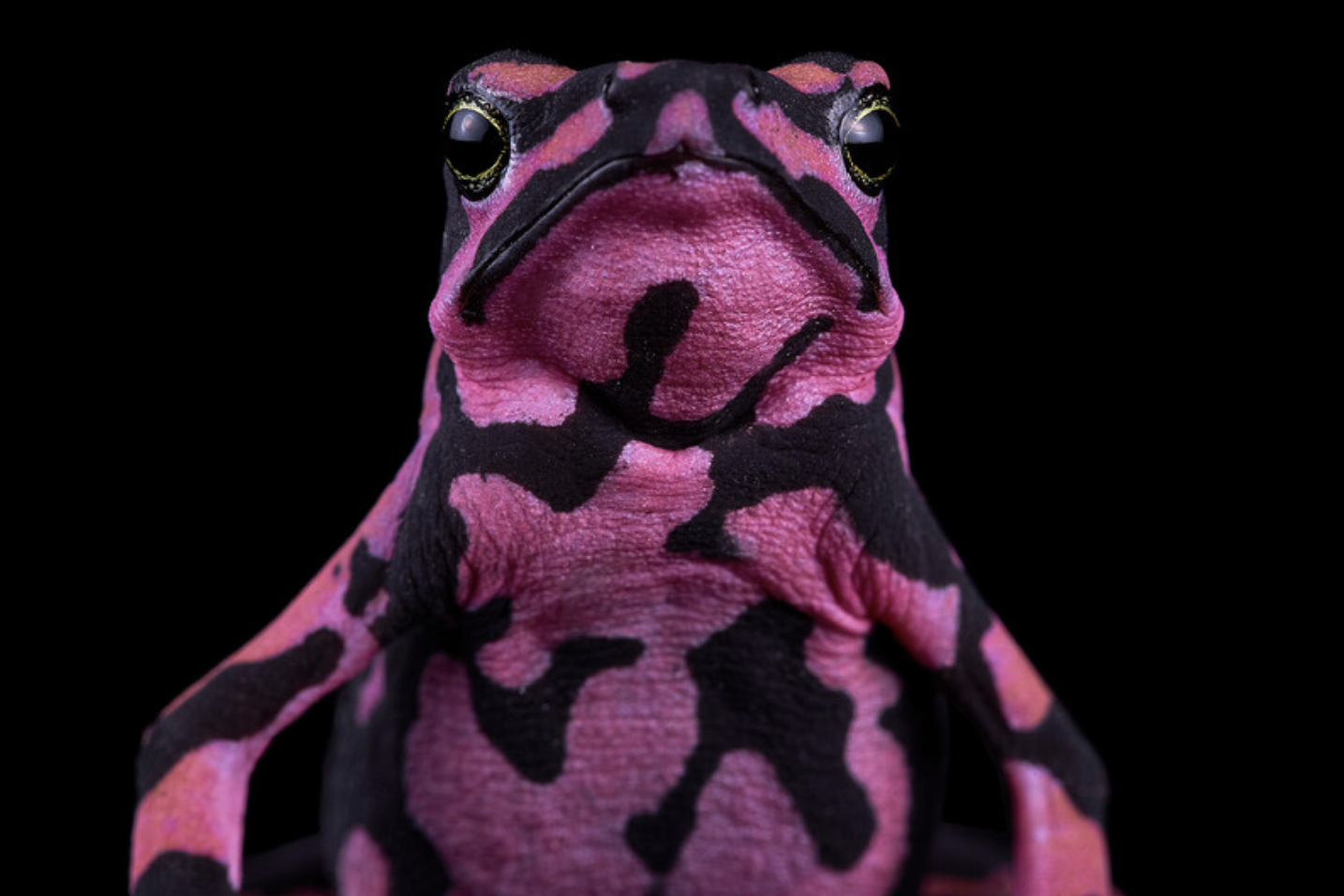Frogs in the pot: Two in five amphibian species at risk amid climate crisis
Oct 5, 2023 / Mongabay / Story by Lizkimbrough
- The extinction risk for more than 8,000 amphibian species has significantly increased in the past 18 years, primarily due to climate change impacts, with two in five amphibians now threatened, a new study shows.
- Amphibians are particularly vulnerable because of their permeable skin and specific habitat needs; diseases like the chytrid fungus further threaten their survival.
- Salamanders are the most at risk, with a lethal fungus in Europe posing a significant threat, especially to the diverse salamander population in North America.
- The study emphasizes the importance of global conservation efforts, with habitat protection showing positive results for some species, and highlights the broader context of the ongoing global biodiversity crisis.
A new study published in Nature has found that more than 8,000 amphibian species are at a substantially higher risk of extinction than they were since the last assessment in 2004. Today, two in five amphibians are threatened with extinction, making them among the most imperiled animal groups.
Between 2004 and 2022, climate change became the primary threat for 39% of amphibian species that moved closer to extinction, according to lead author Jennifer Luedtke Swandby of the conservation NGO Re:wild. Amphibians are “becoming climate captives,” she said, “unable to move very far to escape the climate change-induced increase in frequency and intensity of extreme heat, wildfires, drought and hurricanes.”

Amphibians are highly vulnerable to climate change. Their permeable skin, essential for respiration and water absorption, makes them susceptible to changes in temperature and humidity, often leading to dehydration during droughts and heat waves. Their aquatic life stages, especially for frogs, are sensitive to changes in water conditions and precipitation patterns.
Many amphibians have specialized habitats with specific temperature or seasonal requirements that can be disrupted by climate change. Furthermore, they face increased disease risks, such as from the deadly chytrid fungus (Bsal) disease, which thrives in altered climates.

The study shows salamanders are the world’s most threatened amphibians, with three in five species at risk largely due to habitat destruction and climate change impacts. North America hosts the most diverse salamander fauna globally. If introduced, the fungal disease Bsal, already affecting Europe and Asia, could decimate American salamanders.
“This is especially concerning because of the emergence of a pathogenic fungus in Europe that can be lethal to salamanders,” Re:wild told Mongabay. “To avoid a second global amphibian disease pandemic, we must prevent the spread of this pathogen across Europe and the Americas, which is home to the most biodiverse community of salamanders in the world.”
Four amphibian species have gone extinct since 2004, while 27 currently deemed critically endangered are possibly extinct. However, 120 species have improved in status thanks to conservation efforts, especially habitat protection.

Authors say the findings confirm amphibian declines are ongoing globally. They aim to use the data to update the Amphibian Conservation Action Plan and influence policy, such as creating and enforcing protected areas.
“Amphibians typically have fairly small home ranges, and they’re also really sensitive to small changes in the environment,” said Jessica Deichmann, an ecologist with the Smithsonian’s Center for Conservation & Sustainability, who was not involved in the study. “So, with amphibians living within protected areas, you’re really able to protect more of the habitat that they’re utilizing than you are with, say, a mammal that has a really large home range.”
The landmark study provides an update to the first global amphibian assessment in 2004, which revealed the unfolding crisis. Monitoring and assessments are vital to tracing trends, measuring impacts, and adapting conservation strategies.
Amphibian declines are in line with a larger global biodiversity crisis. More than a million plant and animal species are currently threatened with extinction, suggests the Intergovernmental Science-Policy Platform on Biodiversity and Ecosystem Services (IPBES), marking what many call Earth’s sixth mass extinction.

Scientists have created a planetary boundary framework theory that suggests Earth has nine vital systems with specific limits, and exceeding these could push the planet into an unfriendly state for life. Biodiversity falls within the Biosphere Integrity Boundary, which has crossed the safe threshold.
Defining a clear global threshold for biodiversity loss remains challenging. However, there’s consensus that human activities are significantly straining biodiversity and threatening our planet’s health.
“Whether to conserve amphibians is not a question anymore, but an imperative need,” said study co-author Amaël Borzée, co-chair of the Amphibian Specialist Group at the IUCN, the global wildlife conservation authority. “And focusing on areas traditionally receiving conservation attention is not enough anymore, the effort must be global.”
“By protecting amphibians, we are protecting the forests and ecosystems that are key, nature-based solutions to battling climate change,” study co-author Kelsey Neam, of Re:wild, told AFP. “An investment in amphibians is an investment in the future of our planet.”

Liz Kimbrough is a staff writer for Mongabay and holds a Ph.D. in ecology and evolutionary biology from Tulane University, where she studied the microbiomes of trees. View more of her reporting here.
Read more about the biodiversity crisis and Planetary Boundaries:
Global biodiversity is in crisis, but how bad is it? It’s complicated
Citations:
Luedtke, J. A., Chanson, J., Neam, K., Hobin, L., Maciel, A. O., Catenazzi, A., … Stuart, S. N. (2023). Ongoing declines for the world’s amphibians in the face of emerging threats. Nature. doi:10.1038/s41586-023-06578-4
Steffen, W., Richardson, K., Rockström, J., Cornell, S. E., Fetzer, I., Bennett, E. M., … Sörlin, S. (2015). Planetary boundaries: Guiding human development on a changing planet. Science, 34 7(6223), 1259855. doi:10.1126/science.1259855
Richardson, K., Steffen, W., Lucht, W., Bendtsen, J., Cornell, S. E., Donges, J. F., … & Rockström, J. (2023). Earth beyond six of nine planetary boundaries. Science Advances9(37), eadh2458. DOI: 10.1126/sciadv.adh2458
FEEDBACK: Use this form to send a message directly to the author of this post. If you want to post a public comment, you can do that at the bottom of the page.